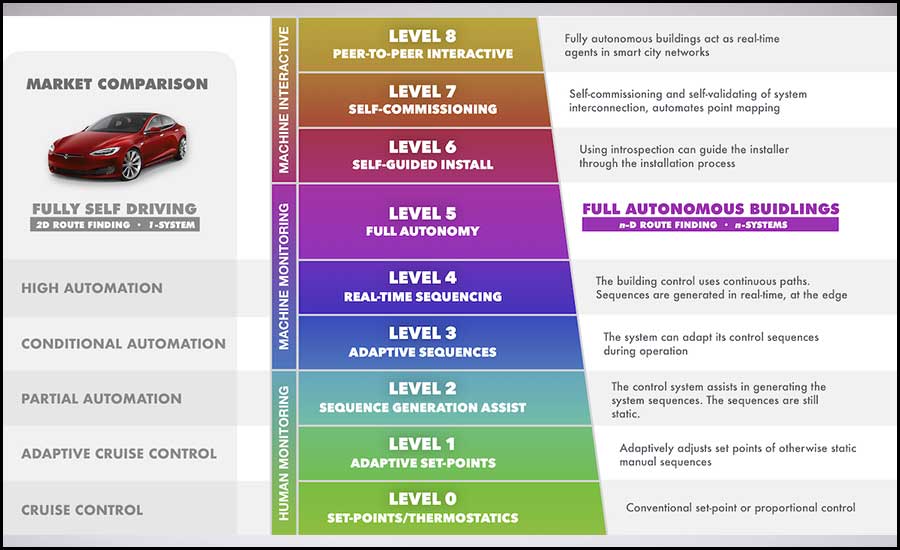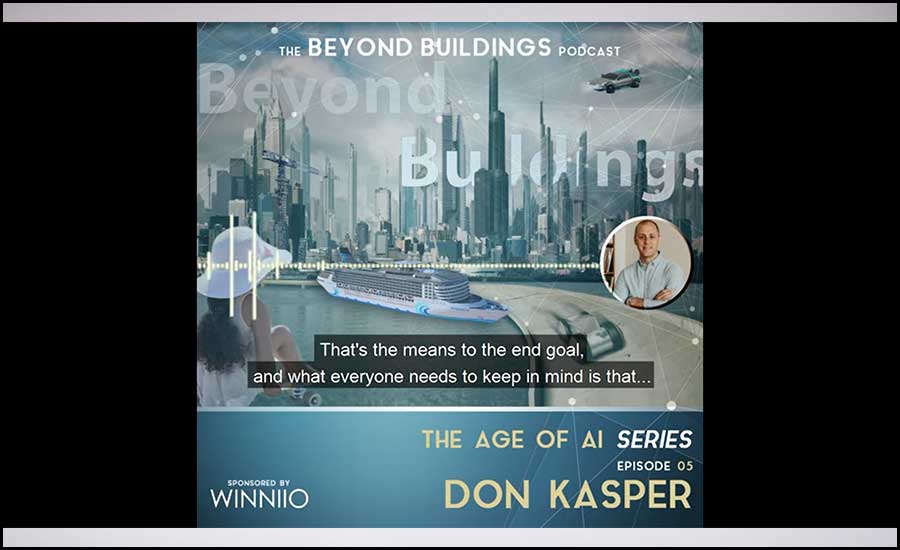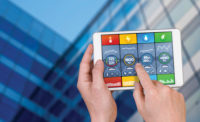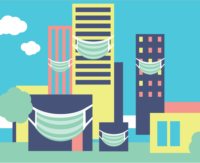The Smarter Stack is an open-source tool created by the members of Monday Live! This is a really interesting and great approach to consider when first plotting out what smarts go into a building and how these smarts might fit within existing dimensions.
During a recent webinar, my first question to the Monday Live crew was: How can those who need this most adopt the smarts framework? This opens Pandora’s Box in the sense that all existing stakeholders might need something that makes sense across domains. And, per usual, it is not one tool/framework that is needed but many in conjunction at specific times.
Again, the systems, the people, everything serves as ingredients, but how can we create the recipes? And how can we help each other become smarter in the process?
We probably need a course adjustment and to keep our eyes on the road, but we also need to ensure we can take our hands off the wheel, knowing we should be able to take control at any given point in time.
- How can we share knowledge between stakeholders?
- How can we bring in more youthful people to the industry?
- And how can we enable buildings to become smarter and smarter and possibly emerge as true smart buildings?
- What was potentially missing from the Smarter Stack?
News Flash: There Are No Self-Driving Cars for Sale Today
When it comes to autonomous cars, what exists today is a collection of technologies called advanced driver assistance systems (ADAS), which can handle basic driving tasks for short periods of time in specific, ideal conditions. ADAS must be monitored at all times, and the car's driver must be alert, undistracted, and prepared to take control at any moment. The best ADAS available today allow drivers to take their hands off the wheel but not their eyes off the road.
Drawing a comparison to the built environment, maybe it is less about smart buildings and more about understanding where buildings, companies, and existing systems are currently. Then, the industry must focus on the necessary steps to help them become smarter. And, along the way toward becoming truly smart, we first must get digital. Buildings may or may not be more advanced than the people and organizations managing, servicing, or using them.
We probably need a course adjustment but also must keep our eyes on the road for a while longer. And we also must ensure we can take our hands off the wheel, knowing that we should be able to take control at any given point in time.
But, we are getting there. And considering that buildings still are energy enthusiastic, we better get to a point where smartness also includes sustainability; security; and the context of buildings, which is the connection to the outside world.

FIGURE 2: Full Autonomous Buildings.Image courtesy of Troy Harvey, Passive Logic
On episode 28 of the Beyond Buildings Podcast, Don Kasper discussed how to get started in commanding the future. In that episode, he said, “What I've learned is everything that we do, whether it's FTD, whether its analytics, whether it's systems integrations, that's not the end goal — that's the means to the end goal. What everyone needs to keep in mind is this is about climate change: This is about making the world a better place.”
Part 2 of that episode will be more about AI-machine learning (ML) models and how to enable that level of smartness from above.

FIGURE 3: The Building Beyond Podcast, sponsored by WINNIIO.Image courtesy of WINNIIO
Going Above and Beyond
If extreme weather exists, we’re in a climate crisis. And, if the ingredients exist, how do we create and share the recipes? How do we move toward systemic change? And what factors should modern systems cater to? People? Other systems? AI?
And where do companies start? Do they start by adding new sensors? Or making sense of the old? And how can we learn from industrial ways of working and share knowledge freely between people as well as systems?
Maybe automation ML and other tips and tricks might do some of the jobs necessary. But, it’s one thing to create tools and frameworks for the ones who want to look at the ingredients and another thing entirely to get it out there and create value for those who need the outcomes of getting the recipes right.
This article first appeared in the August issue of automatedbuildings.com. See it in its entirety by clicking here.





